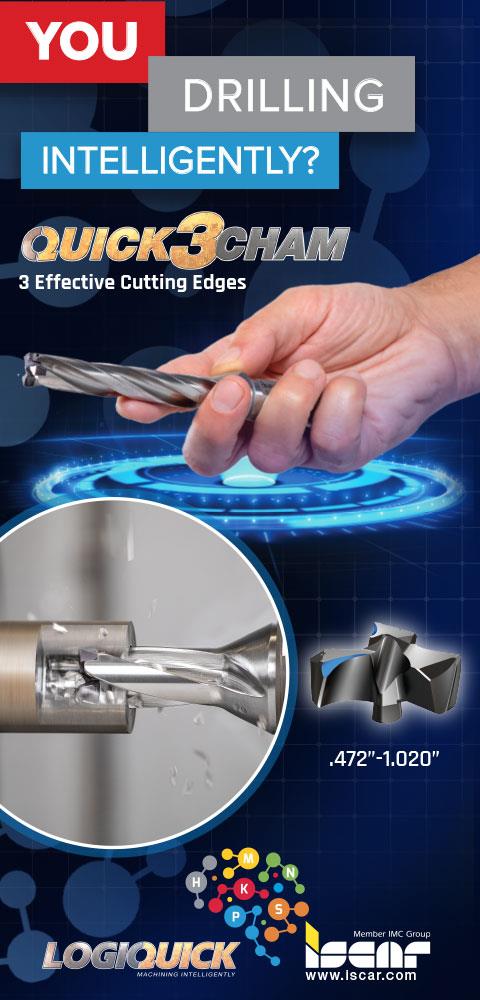












Utilization Monitoring for Aerospace Industry is Crucial
June 1, 2018
Aerospace is a nonstop industry, and as such, big corporations in the field have become more particular about who they keep to manufacture their parts. For example, Airbus states on its website that it requires utilization data from its captive shops.
"Transparency and trust are essential ingredients to work for the Airbus team," the website states. "Partners and suppliers will need a proven track record of operational reliability and delivering on shared commitments."
Whether it is to gain, or keep customers or to just increase productivity, many shops are looking to improve overall equipment efficiency (OEE).
Shop Floor Automations has discovered that most shops run only between 30 to 50% utilization, and recommends using machine monitoring to help tackle this issue. "Being able to see when a machine is experiencing downtime provides valuable insight to production managers. Having a realistic look at utilization and ways to improve overall OEE is a great asset on the shop floor," said a company spokesperson.
Following are three more reasons to instate machine monitoring via Scytec's DataXchange for user aerospace production:
- Reason 1: Knowing details about utilization benefits more than the customer. When people think of machine monitoring, they may think it is only to see when machines are down or running, and only for their benefits. "On the contrary, being able to monitor different sets of data, such as set-up time, quality, feedrates, spindle speeds and feed hold or optional stop will help evaluate the user's entire manufacturing process," said the spokesperson. Where can processes be improved? Having the data available to share with others gives a competitive edge during end-of-shift meetings.
- Reason 2: Legacy equipment and non-CNC machines are eligible for utilization monitoring. "Some may automatically assume that because they have legacy equipment or do not have CNC machines they cannot take advantage of Industry 4.0 and the benefits of it. This is not the case," said the spokesperson. Older machines can be updated with hardware solutions, such as an SRC Adapter, to help capture this valuable data. Many different types of machines can be connected, such as grinders, assembly equipment, lasers, deburring stations and more. While this data may be limited when connecting to older equipment, any machine can be interfaced to the system. Protocols such an MTConnect, FANUC FOCAS and OPC UA have leveled the playing field and made capturing data a less proprietary process.
- Reason 3: Utilization monitoring helps to enable 24/7 manufacturing, which increases competitive edge. "Without machine monitoring, it will be difficult to get started with lights-out manufacturing," said the spokesperson. "In order to delve into the benefits of IIoT for a shop, the user needs to ensure that machines can run without humans at the helm. The first step in getting lights-out manufacturing started is to work with machinists to evaluate glitches that need to be eliminated in the machining process. Having the added insight that machine data collection provides is invaluable so that machines can eventually be set up to run 24/7." Keeping this remote monitoring system in place also helps manufacturers know where things go wrong in the process when machines are left alone. Notification of issues via text messages and emails will help improve 24/7 machine processes.
For more information contact:
Shop Floor Automations, Inc.
5360 Jackson Drive, Suite #202
La Mesa, CA 91942
877-611-5825 / 619-461-4000
info@shopfloorautomations.com
www.shopfloorautomations.com
< back